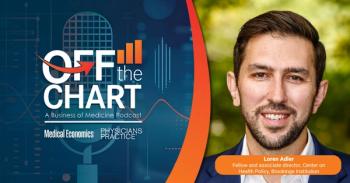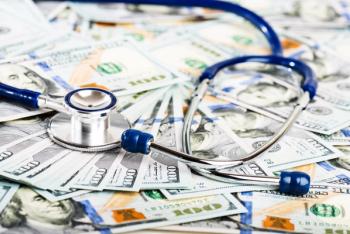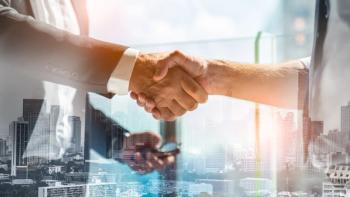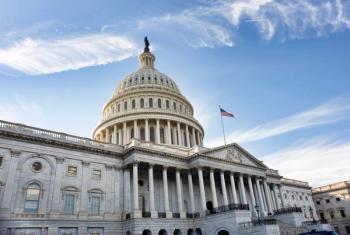
ACA Barriers Put Physician Performance at Risk
The ACA is creating a middle class that is underinsured, threatening to undermine physicians' ability to improve population health, and to be rewarded for it.
There is a growing realization that paying for the ten mandated coverage areas and new taxes that kicked in on January 1 not only increases premiums, but has created skyrocketing first-dollar deductibles as well. Whether insured through exchanges with new plans or employers changing plans, as of January 1, we are learning that what our insurance dollar paid for in 2013 is not what it pays in 2014.
Deductibles, which have been rising for years, have reached new heights and their impact has been magnified through the creation of separate deductible categories such as prescriptions. The result is that those lucky enough to still have insurance partially sponsored by their employers or the federal government are likely to find that what they really have is 1950s major medical coverage.
The American middle class, the 90 percent who make too much to qualify for Medicaid and too little not to feel the pain of 20th-century-style catastrophic coverage at 21st-century prices, are paying the price. One young patient summed it up succinctly: "I'm paying $6,000 in premiums and the first $6,000 in expenses including prescriptions to get free annual checkups for my family."
Another, a 30-year-old who requires $300 per month in prescriptions, found out that her 2013 $10 copay now kicks in only after the first $3,000 is paid out of her pocket. Another $3,000 in first dollars lurks for medical expenses.
While her employer subsidizes her insurance at the same rate, or about 11 percent of her net pay, now her prescriptions alone eat up 25 percent more. Her story is not an anomaly; it is the new reality.
Physicians are impacted dramatically. First, they now have to collect large amounts directly from their patients. As much as physicians complain about insurers, collecting from patients, particularly those with severe or chronic illnesses, is not going to be easy.
Obamacare's major lever to control healthcare costs is accountable care transiting to a reimbursement shift from fee for service to payment for managing health status. However, the ability to affect wellness and achieve early diagnosis and treatment is much less likely to happen when the barriers of high deductibles block prompt attention to healthcare issues and early engagement of healthcare professionals. If the consequences of suddenly dumping thousands of dollars in new, first-dollar, out-of-pocket costs on insured people for medicine and other interventions essential to managing chronic disease wasn't considered, Obamacare's drafters are dangerously incompetent. If they knew about it, they deliberately set the stage for people skimping or ignoring essential interventions resulting in huge, easily avoidable personal tragedy and expense.
The promise of paying physicians based upon results is now in the same bucket as the disingenuous guarantees of lower premiums. Arguably, dumping the cost of necessary diagnostics, interventions, and treatment essential for early diagnosis to optimize health status and treatment on the majority of Americans is the worst of them all.
Improving personal lifestyles and promoting adherence is critical to cutting cost, particularly for the seriously ill. This latest debacle is no way to promote secondary prevention, and engaging patients is already tough enough.
Starving physicians out of business by paying for results that are nearly impossible to achieve might be a clever way to reign in prices, but it really threatens to collapse the entire system.
The good news is that there is a little time before the damage is irreversible.
The bad news is that Congress and the Administration will have to face reality and invest yet more taxpayer dollars to do what should have been done in the first place by reforming the delivery system at its foundation: physicians.
Congress and the administration must address this collaboratively, or face the wrath of constituents paying huge new expenses when they were promised savings. The American Revolution was sparked by much less.
Physicians are the key, but they have been too weakened financially by present public policy to do it alone, and too fragile to withstand the pressures of quarterly earnings demanded by private investors when patience is required for transformation. Money must flow to the fledgling physician groups that can actually cut spending by double digits, and away from its present path to the politically connected institutions that are "vigorously" trying to move it one or two percent.
Healthcare in America can be saved, but only by putting the American people before politics and egos.
It's probably more realistic to pony up ourselves and get it done in spite of Washington before we join the middle class as collateral damage.
Newsletter
Optimize your practice with the Physicians Practice newsletter, offering management pearls, leadership tips, and business strategies tailored for practice administrators and physicians of any specialty.








